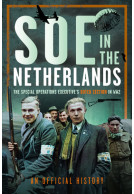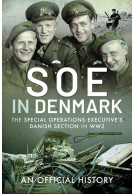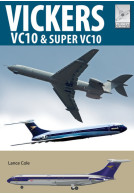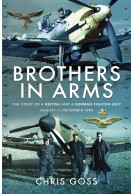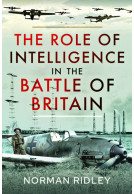Bomber Command's War Against Germany (Hardback)
Planning the RAF's Bombing Offensive in WWII and its Contribution to the Allied Victory
Imprint: Air World
Pages: 272
Illustrations: 16 black and white illustrations
ISBN: 9781526790873
Published: 29th October 2020
(click here for international delivery rates)
Need a currency converter? Check XE.com for live rates
| Other formats available | Price |
|---|---|
| Bomber Command's War Against Germany Paperback Add to Basket | £13.59 |
| Bomber Command's War Against Germany ePub (5.5 MB) Add to Basket | £6.99 |
The all-too frequently cited mantra that ‘the bomber will always get through’ had dominated Britain’s strategic air policy in the decades preceding the Second World War. However, the experiences of the Battle of Britain and the Blitz indicated that aerial bombardments were not as effective at disabling a country’s ability to fight as had been believed.
This assessment was reinforced when the RAF’s Bomber Command analysed the results of their precision bombing efforts during the early years of the war. A growing body of evidence indicated that the great ‘knock-out’ blow expected to be delivered from the air was a fantasy and that it would only be through a prolonged campaign of attrition that the enemy could be worn down to such a degree that morale, the means of production and the infrastructure of the enemy would be degraded to the point where its fighting ability was crippled.
The result of this assessment was a change of policy from precision bombing of carefully identified key installations, to area bombing with the declared intent of striking at the homes of the German workers, the factories where they worked regardless of the nature of such establishments or of the civilian casualties that would be the inevitable consequence.
In compiling this official analysis of the effectiveness of the RAF’s strategic bombing campaign, the author was granted unrestricted access to Air Ministry, Cabinet and other relevant departmental documents that were maintained for internal government use, enabling him to gain a complete and unbiased assessment of the contribution made by Bomber Command to the defeat of Germany. The conclusion he draws fully justifies the decisions taken, by both Britain and the USA, to bomb the German people into surrender.
Featured in
RAF Historical Society Journal
Accompanying photographs in this book are so appropriate, such as the classic portrait of Air Chief Marshall Sir Arthur Harris, bomb damaged buildings in Hamburg, and a war time painting produced for the Ministry of Information depicting Short Stirlings during a raid on the port of Lubeck. Overall, this is a very important book to obtain a copy of if you are interested in bombing campaign of Germany.
Jon Sandison
Website of the Royal Aeronautical Society
This book in particular looks at the style of bombing and its effects, because it shows you the work and analysis that went on in the background by the actual men and crews putting the work in. Now while you might not agree with some of the decisions or the ways things were done, it is fascinating to see how they came to conclusions and how they got to them. I really enjoyed this book and I happily recommend people go out and get a copy of this book.
UK Historian
5 stars
Read the full review here
This official history of Bomber Command's war against Germany had languished in AIR 41/57 at The National Archives and has now been licensed under an Open Government Licence and published by Air World Books. An imprint of Pen & Sword, it has thus been opened up to a far wider audience.
Paul Nixon
Authoritative and eloquently written, the story is nevertheless a chilling one when we reflect from the safety of eighty years, and another world, on the terror rained down on German cities. In 1942, Bomber Command dropped 45,561 tons of bombs. In 1943 it dropped more than three times that amount: 157,457 tons. Tons.
Read the full review here
This is a really interesting book of its time, having been produced in the immediate post war period. It takes a calculated view of the whole matter of the methods and outcomes delivered by Bomber Command and carefully positions the options and realities under which it laboured. Perhaps after all the debate about the morality, methods and human cost of the bombing campaign the last words literally sit at the very end of the book; “The methods of war are ever changing but the principles seem to remain from century to century”.
Michael McCarthy
Michael McCarthy. Battlefield Guide
About An Official History
An official account prepared for the War Office at the end of the Second World War.
Lancasters at War Bomber Command Operations from RAF Grimsby (Hardback)
By the last year of the Second World War, the RAF’s Bomber Command had become a devastating military force. The peak of its operations came in March 1945 when the squadrons that fell under its command dropped the greatest weight of bombs for any month in the war. In the total of 364,514 operational sorties flown since September 1939, the men and machines of Bomber Command dropped a staggering 1,030,500 tons of bombs on targets in Germany and Occupied Europe. However, the success achieved by Bomber Command came a cost, with 8,325 aircraft lost in action and 55,573 airmen were killed. So vast…
By Ian David ReidClick here to buy both titles for £58.75











